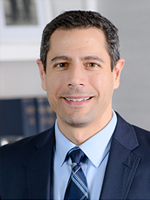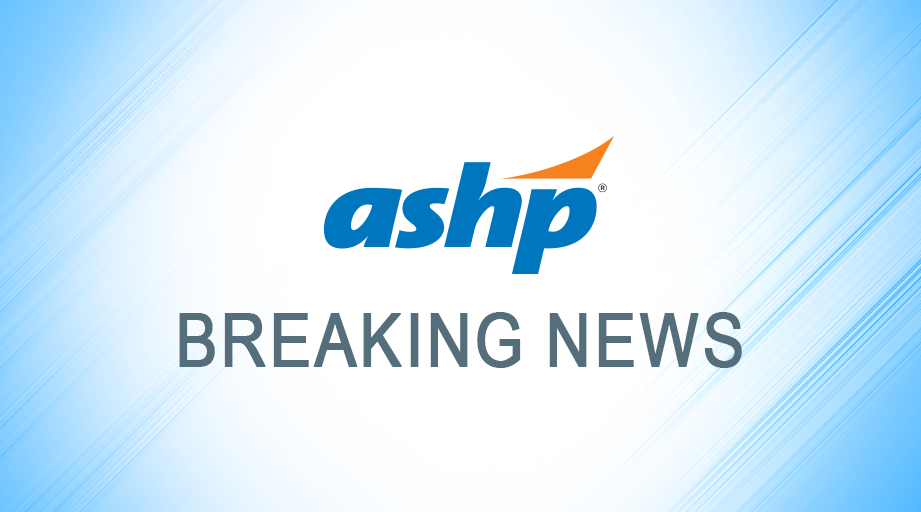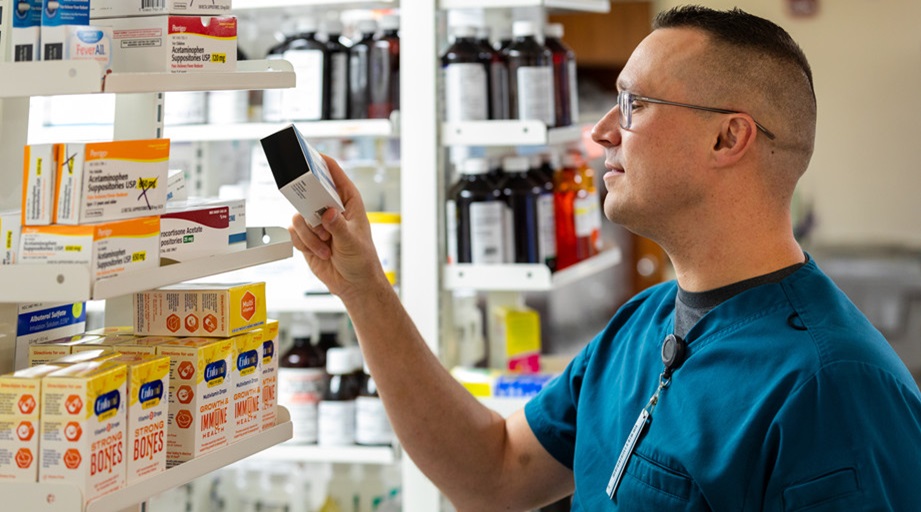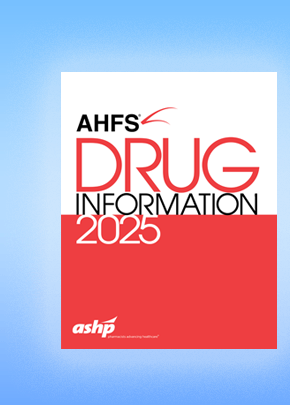

The initial findings from this year’s ASHP’s National Survey of Pharmacy Practice in Hospital Settings reveal a welcome increase in the adoption of technology used during the preparation of sterile products.
And that’s good news, says Michael Ganio, ASHP’s senior director of pharmacy practice and quality and moderator of the Dec. 6 Midyear session ASHP 2023 National Survey: A Conversation About the State of Pharmacy Practice.
This year’s survey focused on pharmacy operations and technology. Ganio was interviewed about the Midyear session in advance of the meeting. What follows is an edited transcript.
ASHP: First of all, what important things can I learn from this session?
Ganio: The National Survey gives us a snapshot every year of what pharmacy practice looks like in hospitals across the country. And we try to make sure we have a full sample, representing the smallest of hospitals all the way up to 600-plus-bed hospitals.
This gives directors of pharmacy a sort of a benchmark to understand how their pharmacy department and programs compare with similar hospitals. That can help them with budgeting for the adoption of new technologies or services that other hospitals in their peer group are implementing. The survey really gives us a pulse of what’s happening in hospitals.
OK, I’m in! So, what sort of shift is happening with the adoption of technology in sterile compounding suites?
The last time we looked at this, about 53% of respondents weren’t using any technology in their compounding rooms. Now that’s down to about 37% not using the technology. It’s been a few years since we’ve asked this question, but it was still pretty substantial growth in that area.
Why is that an important change?
Hospitals use various technologies with barcode scanning and other tools to verify and track sterile product components and finished products. This improves safety and creates sort of a digital trail for the verification of compounded products.
Can you give an example of how this works?
With workflow technology, when a pharmacist or technician is gathering supplies — diluents, an IV bag of saline, a vial of medication — they’re scanning the individual ingredients and getting positive identification that they’re using the correct components.
After the final product is made, the workflow technology system will print a label with accurate patient information, the contents of the IV bag, the date it was created, the person who made the product. All of that creates a digital trail.
Some systems have photo or image capture. So they can take a picture of the syringe that’s drawn up with the drug in it before the drug is added to the diluent bag. And that gives a retrospective ability to audit. It also allows a pharmacist who’s working remotely to verify the product without having to set foot in the cleanroom. That’s important because humans are the biggest contributor to contamination in the cleanroom.
So there’s all sorts of benefits to these technologies.
Any disappointments from this year’s survey results?
We haven’t seen as much movement toward adoption of the Pharmacy Advancement Initiative (PAI) 2030-focused initiatives as we’d like. I think it says a lot about the current state of pharmacy department budgets and resources, especially personnel and workforce issues. And some hospitals may not have fully recovered from the financial effects of the COVID-19 pandemic. But we do hope to see future improvement in the adoption of PAI elements, and we’ll continue to measure them.
Are you doing anything different with this year’s Midyear session?
We’re working to make the session engaging and interactive. Last year, we paused between presentation sections to invite the audience to share their own experiences. And we’ll do that again this year. The more attendees that show up, the more successful that will be.
The Midyear session ASHP 2023 National Survey: A Conversation About the State of Pharmacy Practice, takes place Wednesday, Dec. 6, 8–9:30 a.m., at Anaheim Convention Center Room 213b, Level 2. Ganio will be joined by session faculty Craig A. Pedersen, regional manager for Virginia Mason Franciscan Health, and Philip J. Schneider, professor of pharmacy at The Ohio State University College of Pharmacy.







